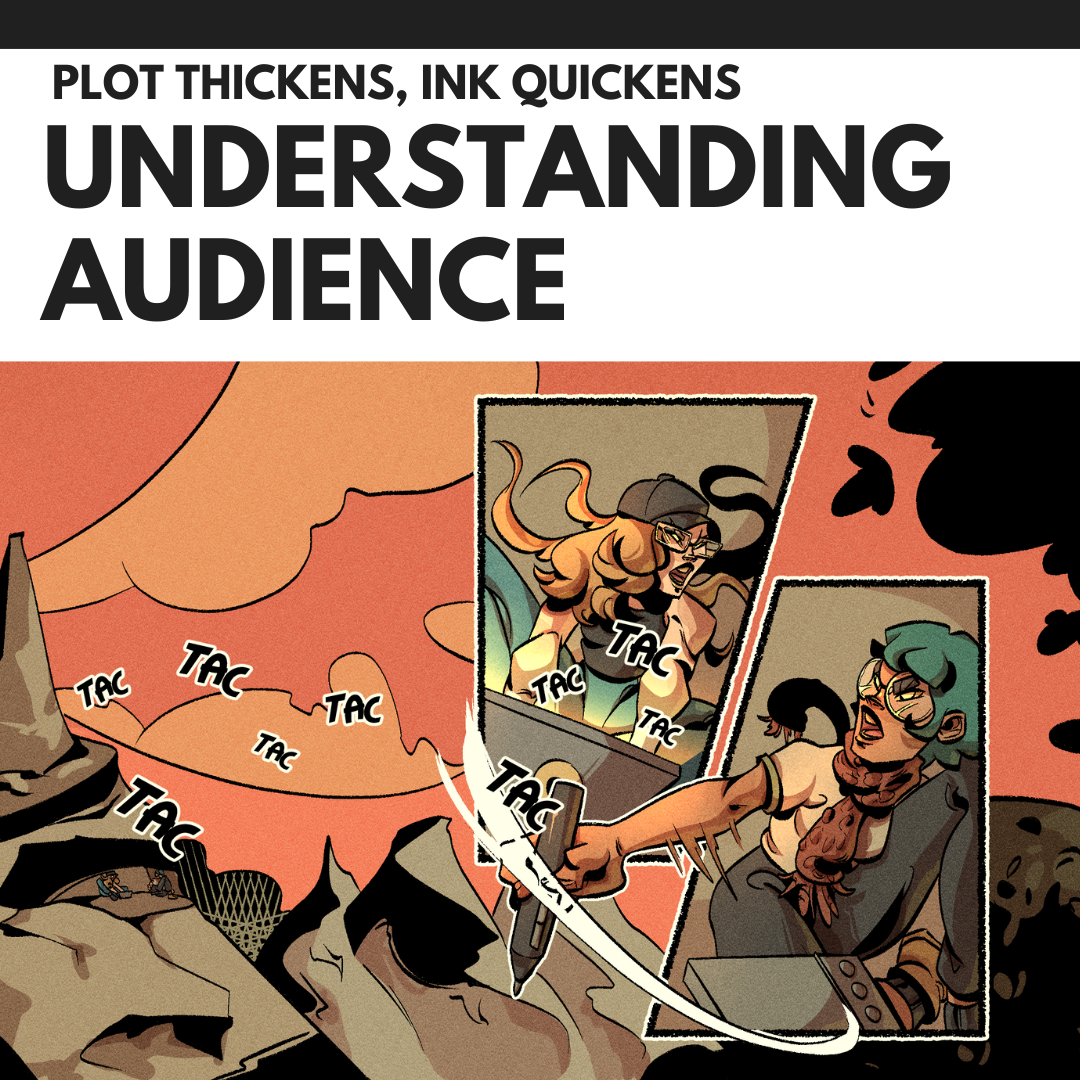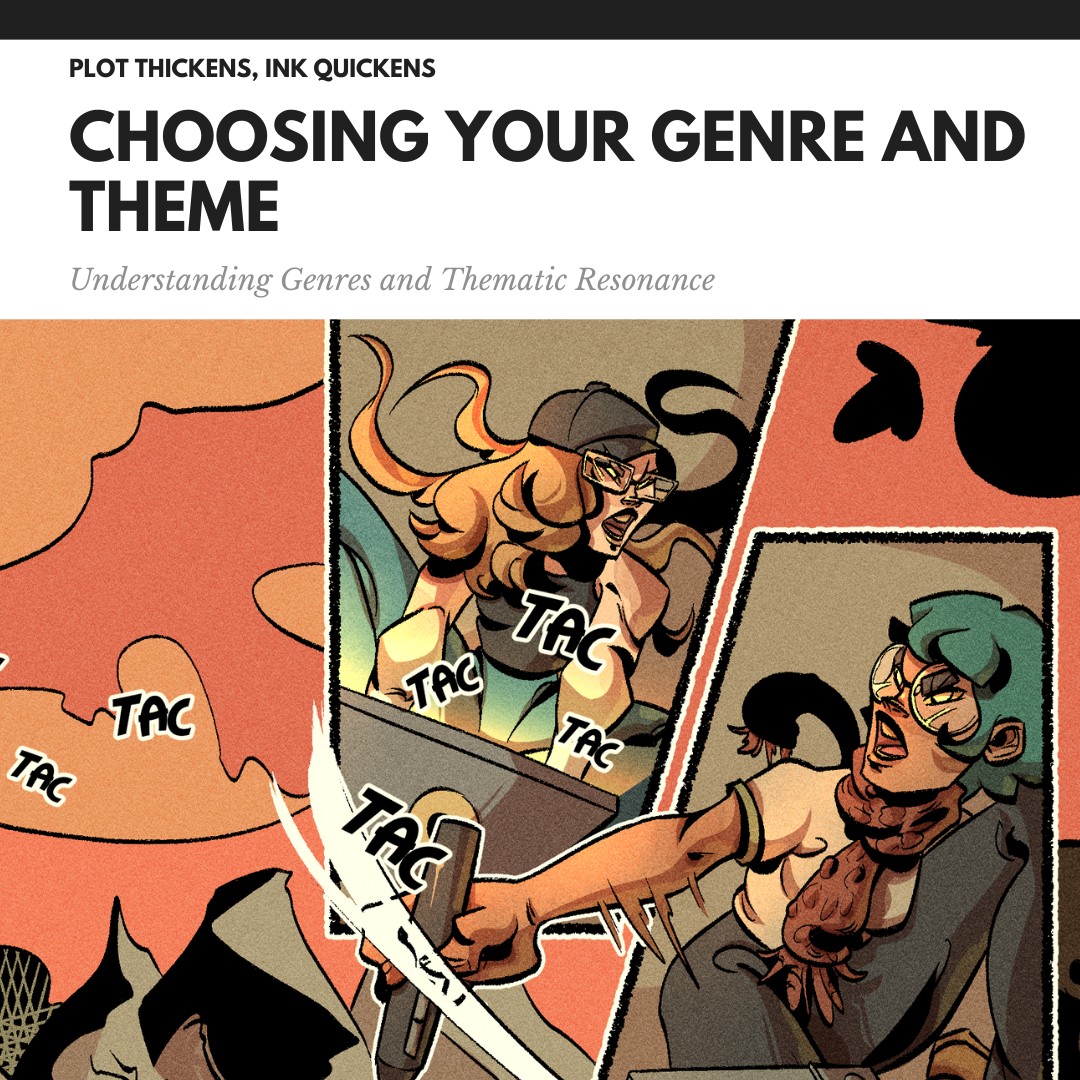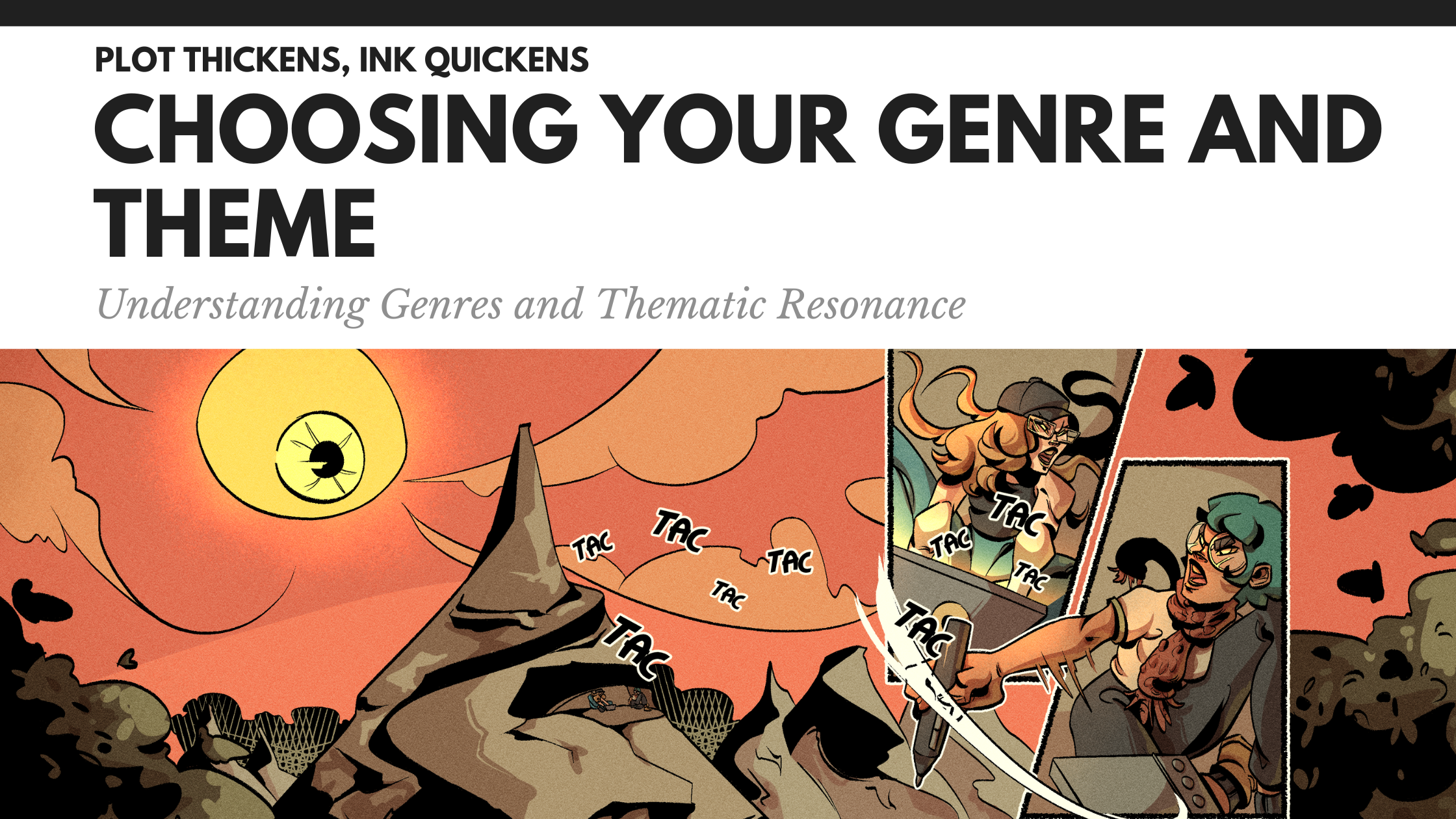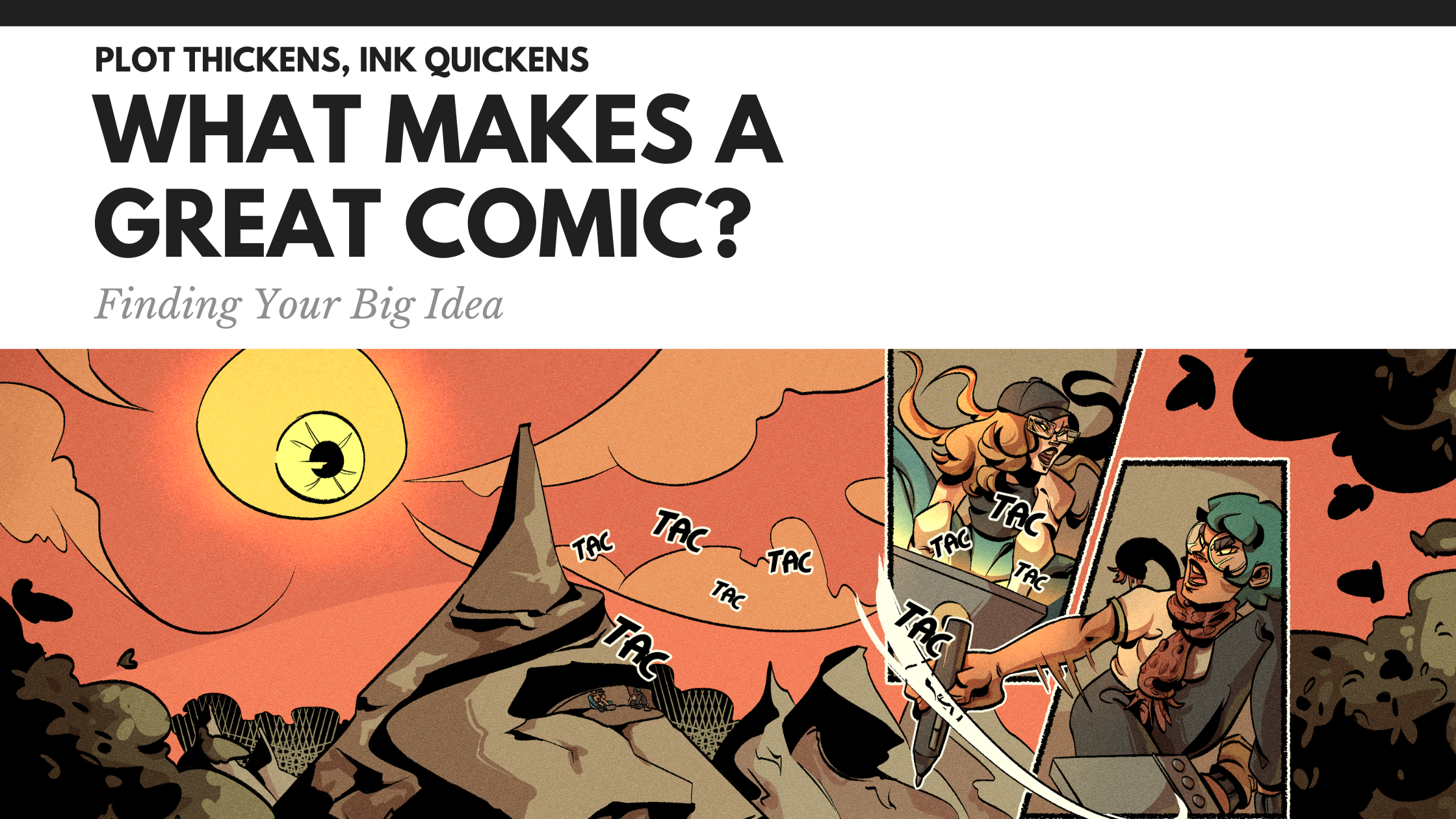How to Create an Engaging Setting for Your Story
Worldbuilding is a cornerstone of storytelling. Whether you’re writing a fictional novel or creating a comic, your world is the canvas on which your story unfolds. A well-built world engages readers, grounds your characters, and gives your plot depth and authenticity. But where do you start, and how do you ensure your world feels real and vibrant without overwhelming your audience? This guide will walk you through the essentials of creating an engaging setting for your story, from initial concepts to final polish.
Why Worldbuilding Matters
Before diving into the process, it’s important to understand why worldbuilding matters. The setting isn’t just the backdrop; it’s an active part of the story. It influences characters, shapes conflicts, and provides a lens through which themes can be explored. A rich, consistent world can make readers feel like they’re stepping into a living, breathing universe.
Step 1: Define the Core Concept
What is the unique hook of your world?
Start by identifying the central idea that makes your setting stand out. Is it a dystopian future governed by AIs? A magical realm where seasons last centuries? A bustling alien trade hub in deep space? This core concept will serve as the foundation for your world.
For example:
- The Hunger Games builds its world around the concept of a post-apocalyptic society with a deadly televised competition.
- Lord of the Rings creates a sprawling fantasy realm rooted in mythology and epic quests.
Pro Tip: Keep It Focused
Your core concept doesn’t need to be overly complex. A single, intriguing idea can spark countless story possibilities.
Step 2: Establish the Rules of Your World
Once you have your concept, it’s time to create the rules that govern your setting. These rules ensure consistency and help readers understand how your world works.
Questions to Ask:
- Physical Rules: What is the geography, climate, and natural environment like? Are there unique physical phenomena (e.g., floating islands, perpetual storms)?
- Cultural Rules: How do societies function? What are their customs, laws, and traditions? Are there social hierarchies or taboos?
- Technological/Magical Rules: What level of technology exists? How does magic or advanced tech function, and what are its limitations?
- Historical Rules: What events shaped your world? Are there legends, wars, or disasters that impact the present?
Example:
In Avatar: The Last Airbender, bending (the ability to manipulate elements) is the defining feature of the world. Each nation corresponds to an element, influencing its culture, architecture, and politics. The rules of bending—who can bend, how it works—are clearly defined and consistent.
Step 3: Build Layers of Detail
A compelling world feels layered, with details that hint at a larger reality beyond the immediate story. However, you don’t need to explain everything. Instead, aim to create the illusion of depth.
Key Areas to Develop:
- Geography: Draw maps or outline key locations. Even a simple sketch can help you visualize your world.
- Culture: Think about language, religion, fashion, cuisine, and art. Small cultural quirks can make a society feel unique.
- Economy: How do people make a living? Are there trade systems, currencies, or unique resources?
- Politics and Power: Who holds power, and how is it wielded? Are there rival factions, secret cabals, or ongoing conflicts?
- Flora and Fauna: Consider the natural world. Are there exotic plants, animals, or ecosystems that set your world apart?
Pro Tip: Show, Don’t Tell
Integrate details naturally into the story. Let readers learn about your world through characters’ actions, dialogue, and surroundings, rather than through info-dumps.
Step 4: Focus on Character Perspective
Your world will feel more engaging if it’s filtered through the eyes of your characters. How do they perceive their surroundings? What biases or beliefs shape their view of the world?
Consider:
- A peasant will see the king’s palace as a symbol of oppression, while a noble might see it as a testament to their family’s legacy.
- A spacefaring scavenger might find awe in a derelict alien ship, while a seasoned trader might see it as just another job.
Example:
In Dune, the desert planet of Arrakis is vividly described, but its significance is amplified by how characters interact with it. To the Fremen, the desert is sacred and life-giving, while to the Harkonnens, it’s a resource to exploit.
Step 5: Maintain Consistency
Nothing pulls readers out of a story faster than inconsistencies. If your world has rules, stick to them. If there are exceptions, ensure they’re explained logically.
Tools to Stay Organized:
- Worldbuilding Bible: Keep a document or notebook with all the details of your world, from geography to character bios.
- Timelines: Create a timeline of key historical events to keep track of your world’s history.
- Maps: Visual aids can help ensure consistency in locations and travel times.
Step 6: Adapt for Your Medium
Worldbuilding for novels and comics requires different approaches. While novels can take time to describe settings in detail, comics rely on visuals to convey the world.
For Novels:
- Use vivid, sensory descriptions to bring settings to life.
- Balance detail with pacing; avoid overwhelming readers with too much information at once.
For Comics:
- Collaborate with your artist to ensure the visuals align with your vision.
- Use visual storytelling to show the world’s details without relying heavily on dialogue or narration.
Step 7: Test Your World
Before diving into your story, test your worldbuilding by asking:
- Does my world support the themes and conflicts of the story?
- Are there areas that feel underdeveloped or inconsistent?
- Will readers understand the world through the characters’ eyes?
You can also share your worldbuilding with beta readers or trusted friends for feedback.
Conclusion
Worldbuilding is an iterative process. It’s okay to start with a broad idea and refine it as your story develops. Remember, your goal isn’t to create a perfectly detailed encyclopedia but to craft a setting that feels immersive and enhances your narrative. By focusing on your core concept, establishing rules, layering details, and integrating your world into the story, you’ll create a setting that captivates readers and leaves them eager to explore more.
Homework: Draft a One-Page Description of Your Comic’s World
To put these principles into practice, try creating a one-page description of your comic’s world. Include:
- A brief overview of the world’s core concept.
- Key physical and cultural details.
- A glimpse of its history or unique features.
- How the world shapes your characters and story.
By distilling your world into one page, you’ll clarify your vision and ensure your setting is cohesive and engaging. Happy worldbuilding!






